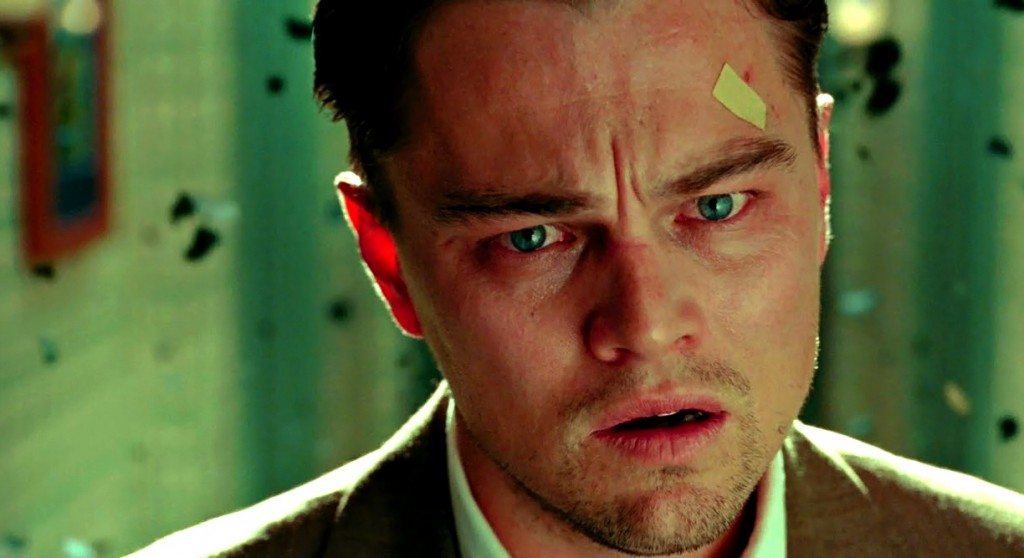Open endings and ambiguous endings in films are divided by a very thin line. While ambiguous movie endings have more than one logical interpretation, open ended movies tend to leave the plot line open for conclusions and are indefinite in nature. The climax of ‘Birdman’ can be termed as an ambiguous ending while ‘Gone Girl’ has an open end to its story. The 21st Century boasts of a number of open ended movies, with the filmmakers relishing the concept and the audience eager to work their brains over it. We listed 10 of the best movies with open endings to have come out in this century and summarized as to why they are considered as such. Most of them are notable movies and have acquired a cult status in their genre. Read On!
10. The Dark Knight Rises (2012)
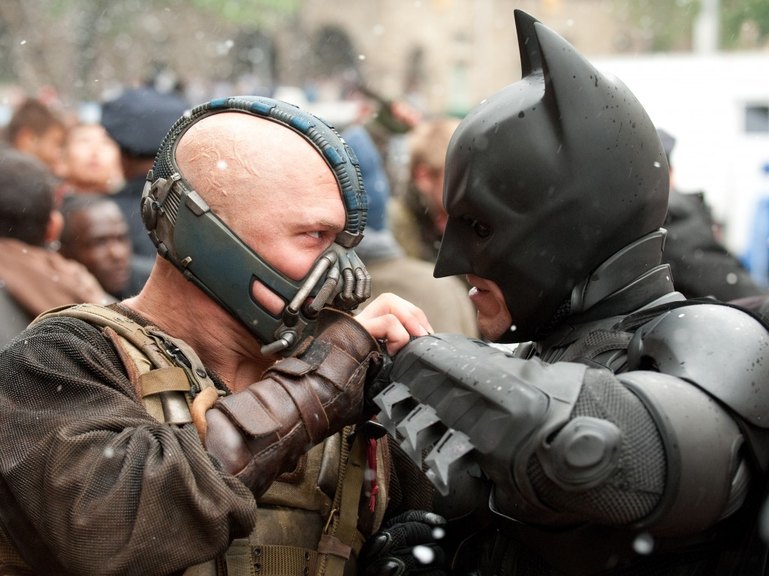
The finale of the best comic-to-film series might not hold the legendary status of its predecessor, but the climax made it stand out on its own. Bruce Wayne has lost everything and is in recluse. His adversary Bane has taken control of Gotham and is using a nuclear device to keep the people on their toes. Bruce becomes Batman again, but Bane proves too strong for the spiritually broken down Dark Knight. He breaks his back and throws him into his prison where the only escape is a perilous climb. Bruce eventually regains his health and escapes and returns to Gotham to confront Bane and his mistress, Talia al-Ghul, daughter of Ra’s. In a battle of will against brawn, Batman wins, with help from love interest Selina Kyle. Bane and Talia dies, but not before revealing that the device had been armed and is minutes away from detonation.
With the entire city in chaos, Batman takes it upon himself to deliver the bomb to a safe detonation place. As he flies away on the Bat-plane, the bomb detonates and the entire Gotham city witnesses the sacrifice of their beloved Dark Knight. After a while, Lucius Fox discovers that the autopilot of the Bat-plane had been fixed and James Gordon finds the Bat signal to be refurbished. Loyal friend Alfred spies a content Bruce Wayne with Selena Kyle while visiting Florence marking the ending of the iconic trilogy and Nolan in his trademark style leaves it open for presumptions. The hardcore Bat – lovers are of the belief that the Dark Knight is alive and well and being the Batman, can do almost anything. The skeptics however think the climax to be a part of Alfred’s fantasy, as he had recounted in the film earlier, and that Batman had perished in the blast, handing over the reins of his kingdom to ‘Robin’ John Blake. The conclusion of the Dark Knight series by Christopher Nolan means we don’t have a logical conclusion, but dead or alive, Batman will always be the evergreen enigma of the fantasy world.
Read More: Best Movie Musicals of All Time
9. American Psycho (2000)
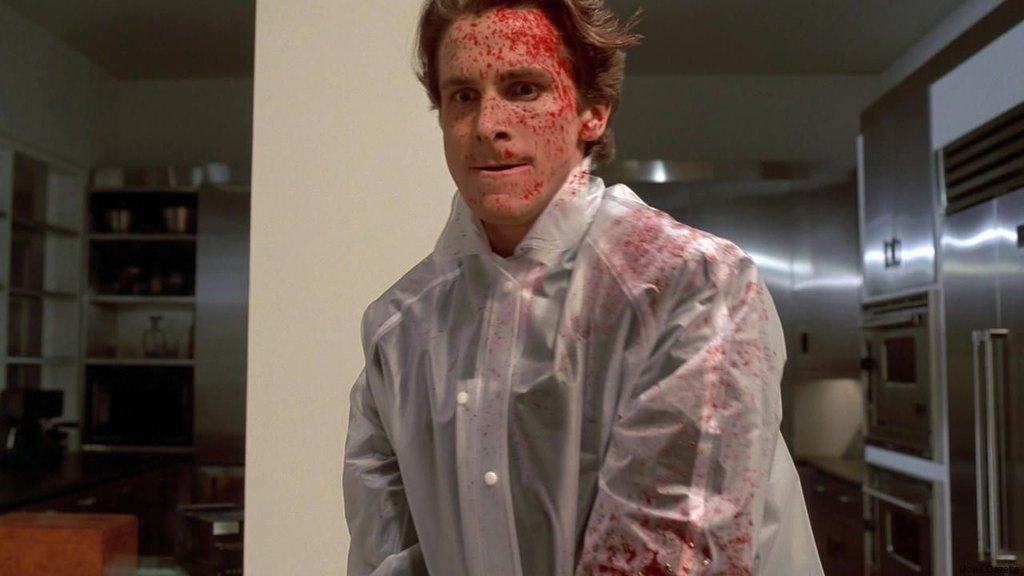
Mary Harron’s take on the Bret Easton Ellis’ novel of the same name paved the way for Christian Bale to stardom. Bale portrayed the protagonist Patrick Bateman; a posh, white-collared serial killer loose in the streets of New York. Bateman is the ultimate stereotype of yuppie greed and experiences bouts of psychosis. He kills and mutilates people who are shallow, who doesn’t acknowledge his presence and those who annoy him in general. He starts off his spree with co-worker Paul and uses his apartment to bring in prostitutes whom he tortures and friends whom he kills gleefully. He has an aristocratic taste in his clothing and music and often murders whist his favorite tracks are playing. After a police chase where he decapitates the police cars, Bateman sends in a lengthy confession to his lawyer Harold. When he meets him the next day, Harold brushes off his admissions as a joke, claiming to have dinner with Paul a few days before in London.
The movie ends with Bateman’s voiceover, saying he will forever escape the punishment he deserves, and opens up an eminent debate. Is Patrick Bateman really a murderer? Or is he a victim of severe hallucinations where all the murders are a part of a dream, so real that he believes it to be true? There are several valid arguments for both sides but there is no fun in drawing up a conclusion. It is best left to the individual and that is exactly what Mary Harron wants.
Read More: Best Nonlinear Movies of All Time
8. The Wrestler (2008)
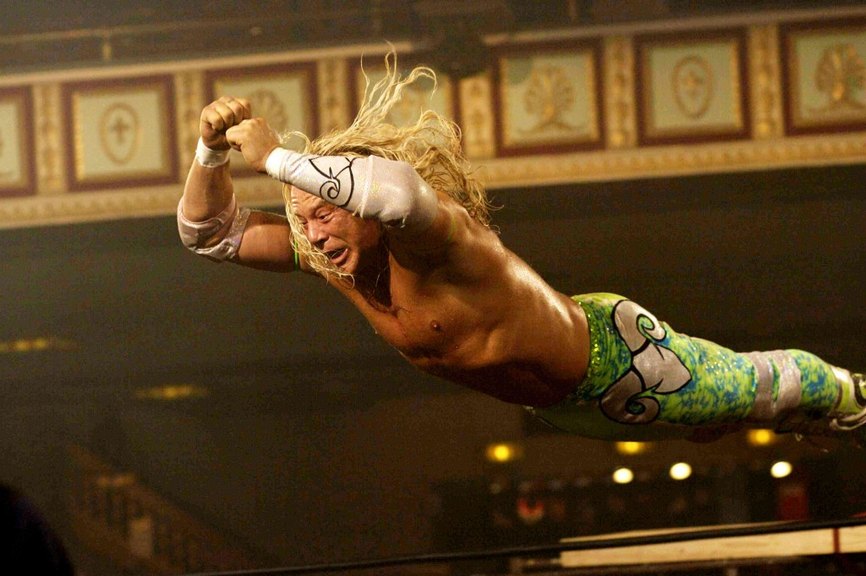
Darren Aronofsky has a penchant for making seemingly regular stories into one-of-a-kind movies. ‘The Wrestler’ is a perfect example of this. Considered to be a sibling picture of the ‘Black Swan’, it deals with the eternal struggle of ageing and unwillingness to let go of youth through the life of fading wresting icon, Randy ‘The Ram’ Robinson. The movie is excellent and makes the audience empathize with the different moods of Randy as he tries to come to terms with his new life. The doctors forbid him to wrestle again following a heart surgery and Randy has to wrestle his spirit in order to live a normal life. His spirit gets the better of him though, and in his last match against Ayatollah, he leaps for the finisher on his opponent and we can hear only the crowd’s noise toning down and the ceiling of the arena above.
Randy’s fate is left to speculation. He might have survived or maybe he died doing what he loved the most. He might have ultimately let go of his youth or maybe Randy can never exist without his youth. We don’t know for certain and that’s what Darren wanted – to leave us in the wake of the wrestler’s fate and to give us the independence of constructing a future for the enigmatic sportsman.
Read More: Best Prison Escape Movies of All Time
7. Prisoners (2013)
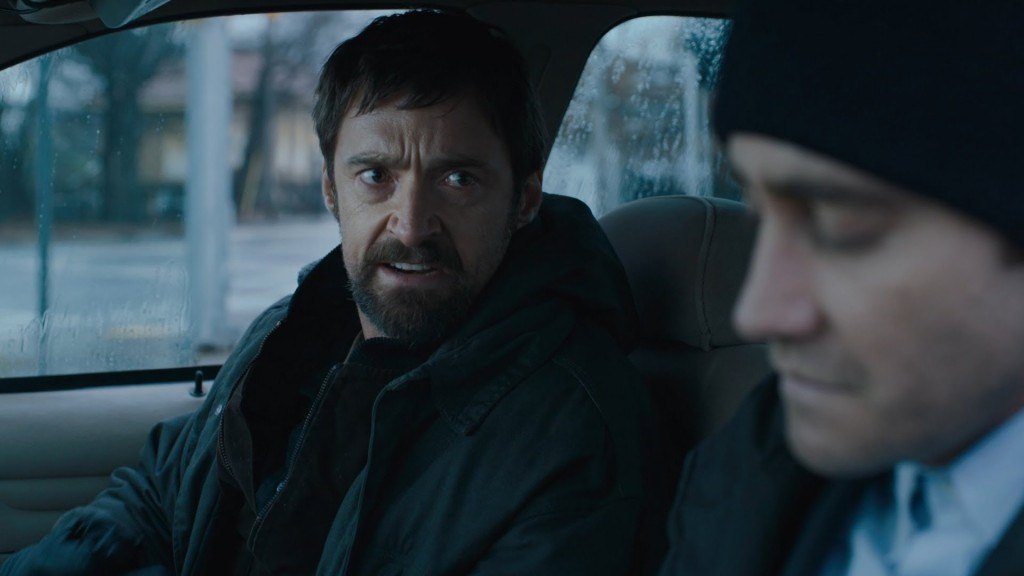
One can relate between ‘Mystic River’ (2003) and ‘Prisoners’, both having certain shades of similarity and are brilliant in their own unique ways. Both follow a police detective and a troubled father looking for an abducted daughter in their different ways. ‘Mystic River’ ended on a note of closure, Denis Villeneuve refused to do the same with ‘Prisoners’. After narrating the tale with artful suspense, he managed to bring out the essence of the title into the lives of the characters, each being a prisoner in his/her world. After Detective Loki let go of the prime suspect Alex Jones, the vengeful father, Keller Dover kidnaps and tortures him. His searches lead him to the house where his daughter was held captive, only to be shot in the leg by her captor Holly and thrown into a concealed pit where his daughter’s whistle was present.
When Loki returns to the scene a day after killing off Holly, he hears a laboured whistling from the pit. The film ends here abruptly leaving the audience perplexed and divided in their opinion. It is uncertain whether Loki played the hero and rescued Dover or let him rot as a punishment for his torture on released suspect Alex. Or was Loki a part of a bigger scheme altogether, letting Dover remain a prisoner of his own conscious? Denis Villeneuve’s brilliance in storytelling makes ‘Prisoners’ stand on its own and this open ending makes it even more worthwhile.
Read More: Best Death Movies of All Time
6. Oldboy (2003)
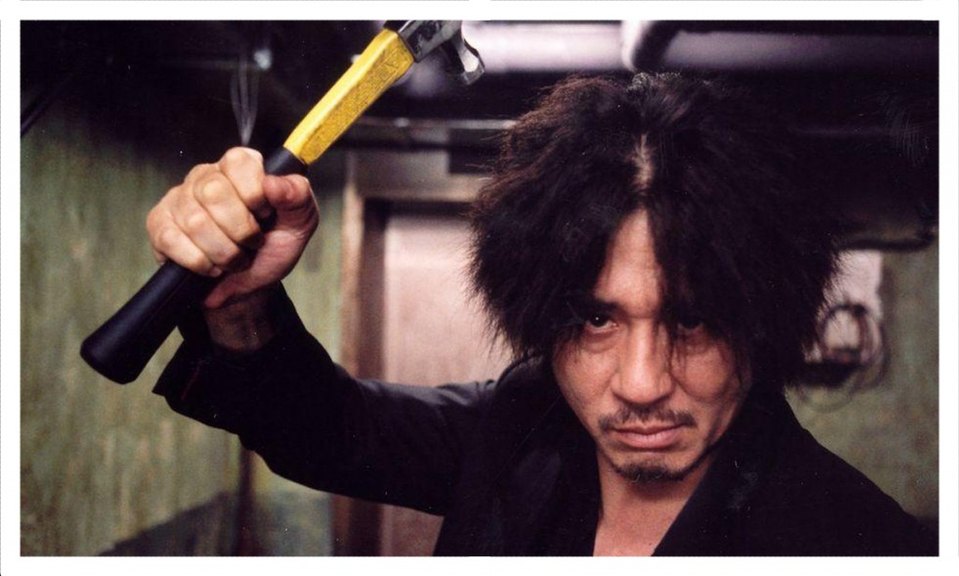
This South Korean masterpiece by Park Chan-Wook isn’t like the other Hollywood thrillers we are so accustomed to seeing. The level of dissection of the human psyche is deep and serves us the plot in layers. The violence, gory in its true sense, is meaningful and is never used as a distraction from the obvious potholes in the plot. To cap it all ‘Oldboy’ has an ending like no other, with Park leaving the park open for assumptions and multiple questions. The protagonist Dae-su ends up as a pawn in a bizarre maze where the twisted ‘Riddler’ is his high school friend, Woo-jin whose incestuous relationship he had spied and blabbed about. Due to a hypnotic effect, Dae-su ends up falling in love and having carnal relationship with his daughter who he hadn’t seen for 15 years. In the end, he cuts off his own tongue and seeks the help of that hypnotist to reverse his memory.
The climax shows him getting reunited with his daughter, his happy smile slowly changing to a pained look, prompting the audience to break into a series of questions – “Did the hypnosis really work?”, “How much time has passed?”, “Did the meeting with the hypnotist really take place?”, etc. With such an ending, ‘Oldboy’ features in the list of the best 10 Asian films ever made, and Asia is the home for stalwarts like Akira Kurosawa and Satyajit Ray.
Read More: Best True Story Movies of All Time
5. Black Swan (2010)

‘Black Swan’ is an actually well-made psychological thriller and the credit goes to Darren Aronofsky for bringing out the split personality of the lead protagonist, Nina, using the characters of the famous ballet, Swan Lake, as props. Nina starts as the perfect embodiment of the white swan, having that innocence and glamour the role demands. However, in order to play its alter ego, the Black Swan, Nina descends into tearing her personality into two, having hallucinations which are increasingly graphic and violent.
In the end, Nina stabs the understudy of her Black Swan character, Lily, only to discover, she had stabbed herself. She falls down at the last scene with blood spooling out of her. She whispers about her perfection as the crew rush for help. The camera lingers for a moment on Nina’s glazed eyes before turning to the stage lights and the film culminates in a white pallor compared to the usual black.
No one knows whether Nina had actually died or it was all a part of her extreme hallucination. The viewers are divided in their opinion with some claiming the fade to light was her ascent into heaven, while others feel it was a metaphor for obliterating her dark part. Darren Aronofsky can tell us for sure, but he is having too much fun watch us run for answers.
Read More: Best Spy Movies of All Time
4. Shutter Island (2010)
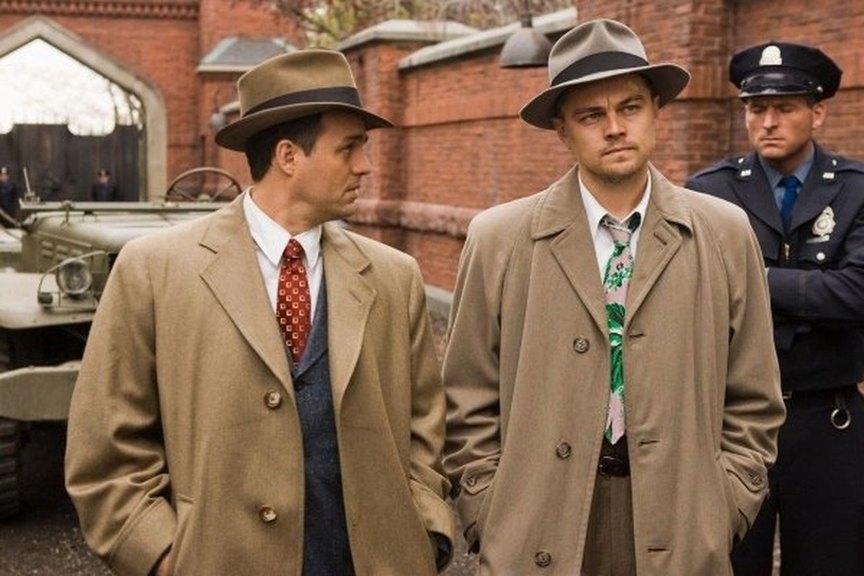
One of the most complex movies ever made with stalwart Martin Scorsese at its helm, ‘Shutter Island’ is a multiple time watch for many because of its winding maze of a plot. Dealing with psychology unapologetically, the film explores the insanity within sanity and raises questions about the war between the conscious and the subconscious selves in a human being. The story follows US Marshals Edward ‘Teddy’ Daniels and Chuck Aule as they investigate the apparent escape of Rachel Solando from the psychiatric facility of Shutter Island asylum. Teddy experiences hallucinations of his wife Dolores Chanal burnt to death by arsonist Andrew Laeddis. In a topsy-turvy investigation in that eerie island, Teddy discovers that he was a pawn used in a bizarre plan, as he himself was Andrew Laeddis and Dolores Chanal was none other than Rachel Solando herself and he was actually a patient of the notorious asylum.
In the final scene, before being led away for lobotomy, Andrew/Teddy asks Dr. Sheenan aka Marshal Aule, a million dollar question – “Which would be worse? To live as a monster, or die as a good man?” The film ends here, sparking numerous speculations as to what really happened. Was Teddy really the arsonist Andrew who had killed off his wife? Or was Teddy trapped in an unfathomable human experiment out of which there is no escape? Did the last words suggest his apparent sanity and unwillingness to live on as a criminal? Or was it a mere acceptance of fate? ‘Shutter Island’ rides on the boat of uncertainty and leaves the audience in a bank of openness where the probability of every possibility is finite. Scorsese never leaves without a touch of his master class.
Read More: Best Hipster Movies of All Time
3. Memento (2000)
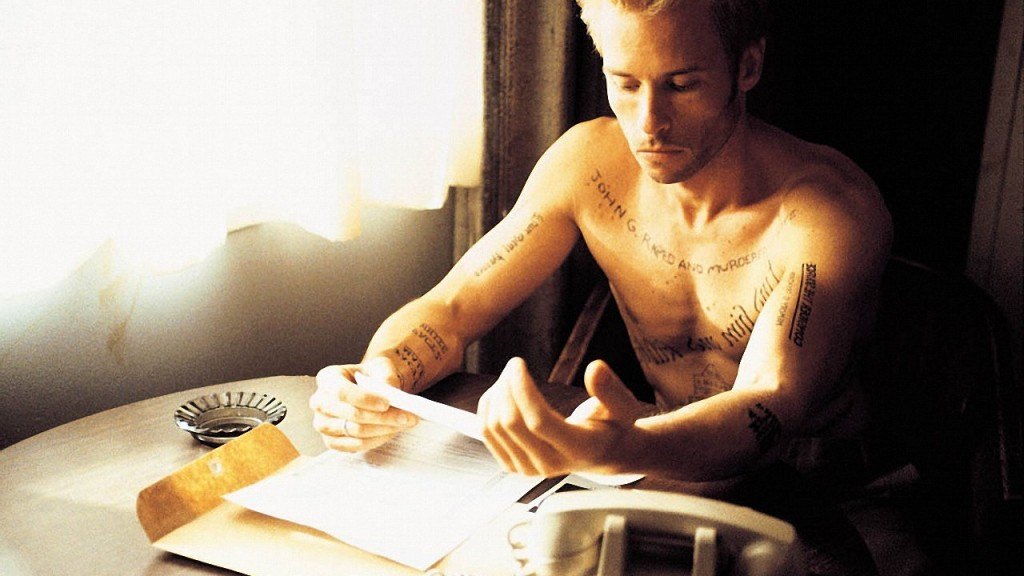
Christopher Nolan’s second feature film might not have garnered the same response as ‘Inception’, but it holds a cult status among critics and film conspirators. Nolan played with the non-linear storyline, creating and solving mysteries across two timelines and ending the film where it began. Leonard Shelby, a patient of anterograde amnesia is on a mission to hunt down the killer of his wife. With body tattoos and Polaroid images serving as memory reinforces, Shelby questions and investigates looking for an elusive John G. His quest comes to a halt when the manipulative policeman Teddy reveals an ugly truth of John G being dead a year ago and Shelby was a pawn used in hunting down other notorious John G’s’. He becomes infuriated and shoots Teddy down, thereby closing the script but leaving the plot wide open for a stream of questions to come rushing in.
Was it all a side effect of Leonard Shelby’s amnesia? How did he remember the rape and murder of his wife? Is Sammy’s story really his own? Did Leonard kill his wife? There are several possibilities and we can just count them one by one. The renowned critic Roger Ebert remarked after watching ‘Memento’, ‘’Confusion is the state we are intended to be in”. Truly, we can start peeling the layers but there is no certainty whether we would come across the pulp anytime soon.
Read More: Brain Teaser Movies
2. Gone Girl (2014)
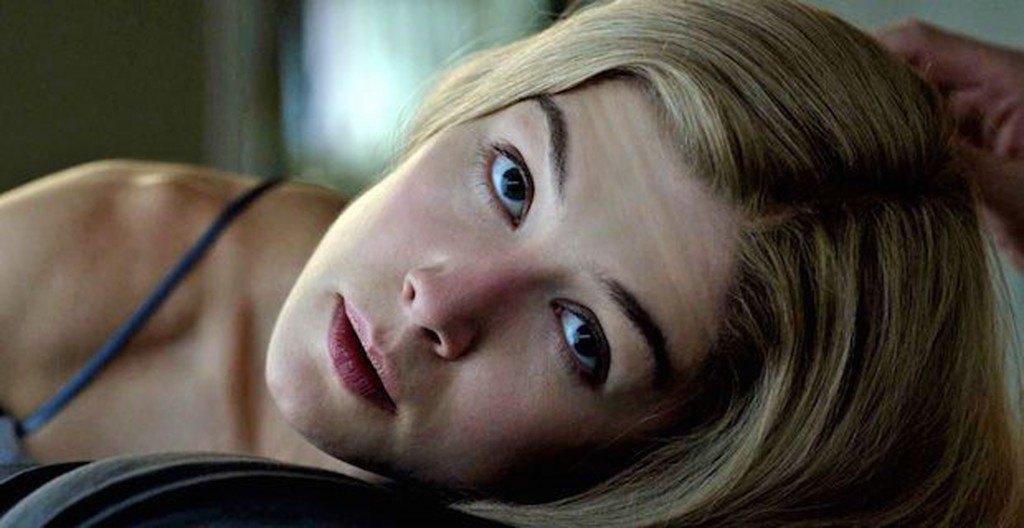
No one can make thrillers like David Fincher and Gillian Flynn’s story about society and marriage disguised as a thriller provided the perfect fodder for ‘Gone Girl’. The book had a closure of sorts as the bibliophiles would know, but Gillian in her screenplay decided to let the gates open. In the end, after Amazing Amy returns to her husband Nick, she confesses her crimes of murdering Desi and staging the entire scene. She also expresses her will to work on this marriage. Nick Dunne, never ready to forgive his wife, decides to write a tell-all tale and come clean to the press. Amy chooses this point to tell him that she had artificially inseminated herself with his semen and now she is carrying his child. Nick feels checkmated and has no other option but to stay with his wife and soon-to-be–born child.
The closing shot is a replica of the opening scene, with Nick caressing his wife’s head and in a chilling voiceover says, “what are you thinking?”, “how are you feeling?”, “what have we done to each other?” and eerily adds, “what will we do to each other”, as Amy looks up with a sketchy smile. The future implications are endless- “Is Nick really in danger?”, “Was it all a part of Amy’s imagination?”, “How can a sociopath like Amy win in the end?” etc. The answers are highly debatable though, with some concentrating on Amy’s facial expression and others leaving through the pages of the bestselling novel for a suitable explanation.
Read More: Best Kidnapping Movies of All Time
1. Inception (2010)
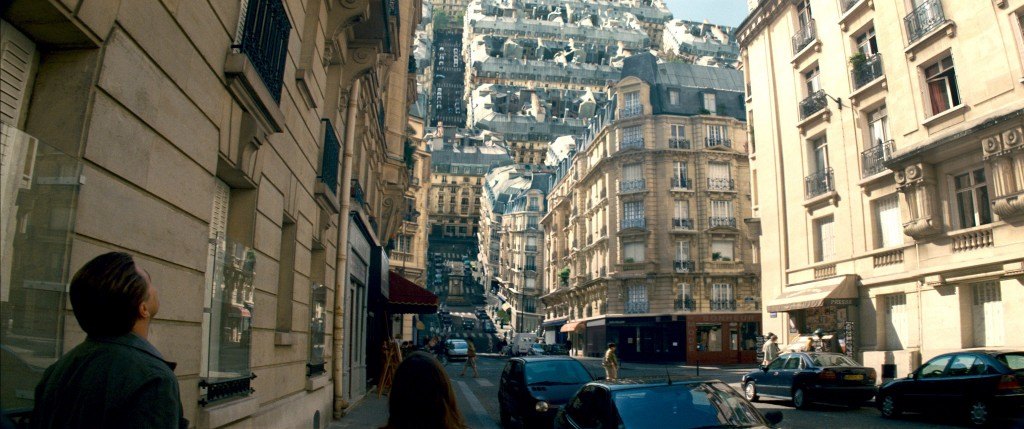
Christopher Nolan is a unique storyteller, and he has proven himself time and again. The climaxes in his films tend to turn the story around and leave us with a throng of unanswered questions. ‘Inception’ is a singular piece, even without its mind boggling climax. A dream-within-a-dream-within-a-ream concept was introduced with aplomb and sent the audience into ecstasy. The open ending provided the cherry on top. We see a happy Cobb enter his father’s house and get reunited with his children after a seemingly endless trap into limbo in the previous scene. He sets his totem spinning and rejoins his children without caring to see if he is stuck in a dream.
Everything seems okay and feel-good till the last shot when the camera swerves slowly to the spinning totem on the table as it staggers albeit momentarily, leaving the viewers with their mouths hanging open. The science conspirators and the critics have a field day, tearing the media with their questions and theories. Did Cobb actually leave the limbo? Was the totem his wedding ring? Is everything an alternate reality? And in midst of all these opinions and suggestions, Nolan has a satisfied smirk on his face.
Read More: Best Thrillers of All Time

